The Majestic Tarpon: A Comprehensive Guide
Tarpon, often dubbed the “Silver King,” are truly remarkable fish. These large, ancient creatures captivate anglers, scientists, and nature enthusiasts alike. This guide explores the world of tarpon, covering their biology, behavior, habitat, and cultural significance. From their evolutionary history to their role in coastal ecosystems, we will uncover the secrets of these magnificent fish.
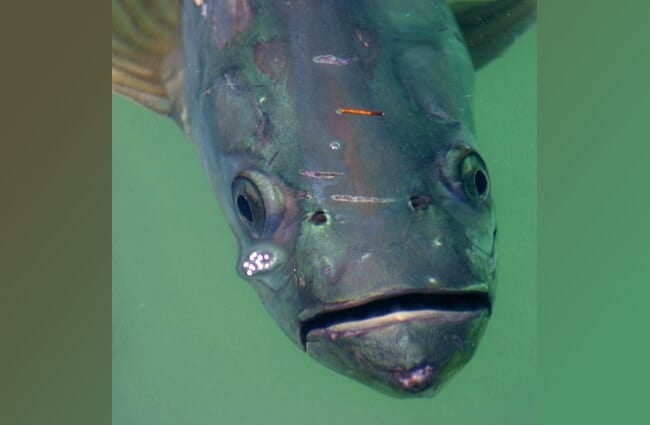
What is a Tarpon? Basic Characteristics
Tarpon (Megalops atlanticus) belong to the ray‑finned fish family Elopidae. They are characterized by their large size, silvery scales, and deeply forked caudal fin. Adult tarpon can grow to over eight feet long and weigh upwards of 350 pounds, though size varies with location and age. Their streamlined bodies and powerful muscles enable them to move swiftly through both saltwater and freshwater environments.
A distinctive feature is their ability to gulp air at the surface. This is not for breathing in the traditional sense, but to extract oxygen from a specialized swim bladder. This adaptation allows them to survive in low‑oxygen waters and contributes to their impressive jumping ability – a sight synonymous with tarpon fishing.
Habitat and Distribution
Tarpon are euryhaline fish that inhabit tropical and subtropical waters worldwide. They are found in the Atlantic Ocean, the Gulf of Mexico, the Caribbean Sea, and the Indo‑Pacific region. The species is particularly abundant along the coast of Florida, the Bahamas, and parts of Central America. Juvenile tarpon often occupy freshwater rivers, estuaries, and mangrove forests, where they use these areas as nursery grounds.
As they mature, tarpon migrate toward saltwater for feeding and spawning, but they frequently return to freshwater habitats to grow and seek shelter. Their tolerance for varying salinities makes them adaptable to diverse ecosystems.
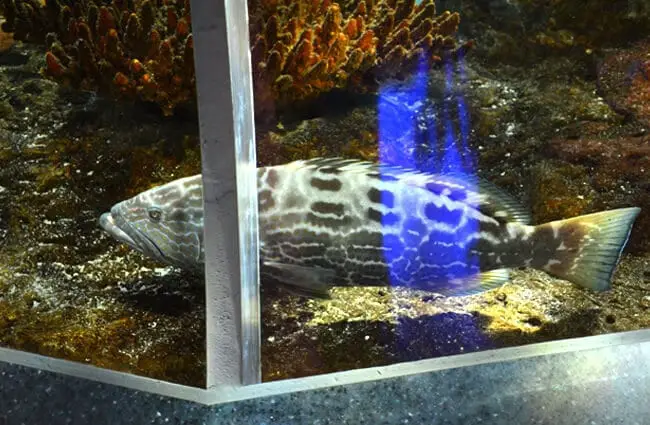
Diet and Feeding Behavior
Tarpon are opportunistic feeders with a varied diet. Juveniles primarily consume small crustaceans, insect larvae, and fish. Adults feed on larger fish, crabs, shrimp, and mollusks. They hunt in shallow waters and often scavenge for food along the seabed. Their large mouths and powerful jaws enable them to capture and consume a wide range of prey. Tarpon also feed near the surface, taking small fish or crabs when the opportunity arises.
Tarpon are not aggressive feeders; they often drift with the current and ambush unsuspecting prey. Their feeding patterns are influenced by water temperature, salinity, and prey availability.
Reproduction and Life Cycle
Tarpon have a complex reproductive cycle. Spawning typically occurs in late spring and early summer, often near offshore reefs or in mangrove‑lined estuaries. Eggs are released into the open ocean, where they drift with the currents. The larvae are planktonic and feed on microscopic organisms. As they grow, they migrate toward coastal waters, seeking shelter in mangroves and seagrass beds.
Maturity is reached after several years. Tarpon can live for more than 50 years, although determining age accurately is challenging. Spawning is believed to be triggered by lunar cycles and water temperature. The large number of eggs released increases the chances that a few survive predation.

Evolutionary History
Tarpon belong to a relatively ancient lineage of fish. Their evolutionary roots can be traced back to the Mesozoic era, over 100 million years ago. Fossil evidence suggests that their ancestors inhabited a wider geographic range, including parts of Europe and Asia. They are one of the few surviving members of the Elopidae family, which once included a greater diversity of species.
Their resilience throughout geological time indicates remarkable adaptability. Physiological adaptations, such as air gulping, likely evolved in response to fluctuating environmental conditions. Studying their evolutionary history provides valuable insights into the origins and diversification of ray‑finned fishes.
Ecological Role and Interactions
Tarpon are large predatory fish that help regulate populations of smaller fish and invertebrates. They contribute to nutrient cycling through their feeding habits and waste products, indicating a healthy and thriving ecosystem.
They share their habitat with a variety of species, including sharks, rays, sea turtles, and seabirds. While they often coexist peacefully, occasional interactions occur. Tarpon are also preyed upon by larger predators, particularly sharks, highlighting the interconnectedness of marine ecosystems.
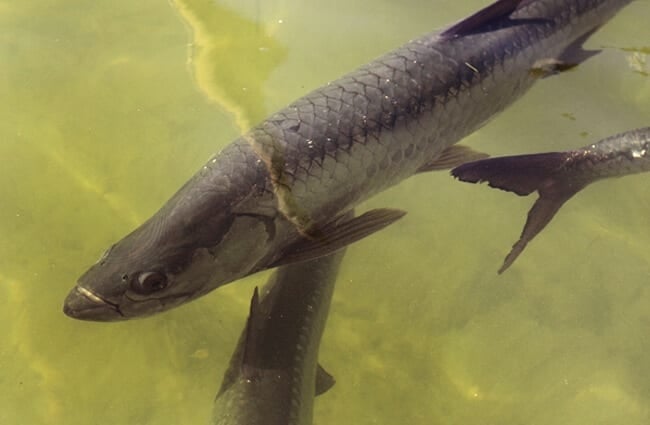
Tarpon and Human Culture
Tarpon have long been revered by coastal communities worldwide. They symbolize strength, resilience, and good fortune. In some cultures, they appear in folklore, art, and religious ceremonies as powerful deities or spirit animals.
Tarpon are highly prized by anglers, drawing sport fishermen from around the globe. The nickname “Silver King” reflects their beauty and size. Catch‑and‑release fishing is widely practiced to ensure the sustainability of tarpon populations, and they contribute significantly to ecotourism in coastal areas.
Interacting with Tarpon: Safety and Conservation
If you encounter a tarpon in the wild, observe it from a safe distance. Avoid approaching or attempting to touch it, as they can be unpredictable. Be mindful of their powerful jaws and ability to jump. When boating or swimming in tarpon habitat, stay aware of their presence and exercise caution.
Conservation efforts are essential to protect tarpon populations. Measures include habitat preservation, responsible fishing practices, and pollution reduction. Supporting organizations dedicated to marine conservation can help ensure the long‑term survival of these magnificent fish.
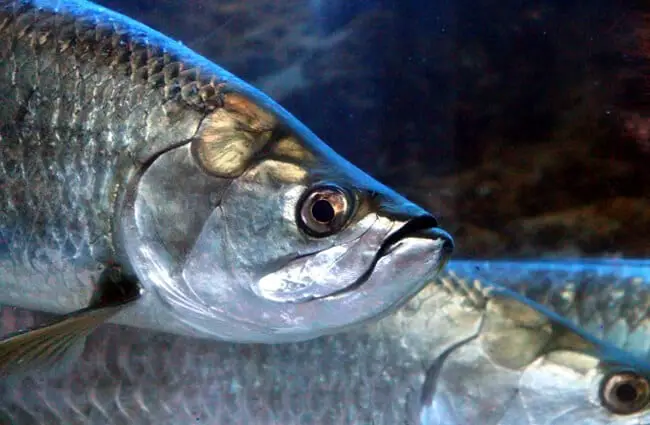
For the Aspiring Zoologist: Further Research
The study of tarpon continues to reveal new insights into their biology and behavior. Current research areas include population genetics, migration patterns, reproductive strategies, and the impacts of climate change. Studying their unique adaptations, such as air gulping and osmotic regulation, can provide valuable knowledge for understanding fish physiology.
Investigating their interactions with other species and their role in ecosystem dynamics can help inform conservation management strategies. Advances in telemetry and genetic analysis are providing new tools for studying tarpon populations.
Caring for Tarpon in Captivity
Maintaining tarpon in captivity requires specialized facilities and expertise. Large aquariums with ample swimming space are essential. Water quality must be carefully monitored and maintained, with appropriate levels of salinity, temperature, and oxygen. A varied diet of fish, crustaceans, and other marine organisms ensures their nutritional needs are met.
Regular veterinary care is crucial to prevent and treat diseases. Providing enrichment activities stimulates their natural behaviors. Avoid overcrowding and stressful conditions, as these can compromise their health and well-being. Responsible aquarium management is essential for the ethical and sustainable care of tarpon in captivity.
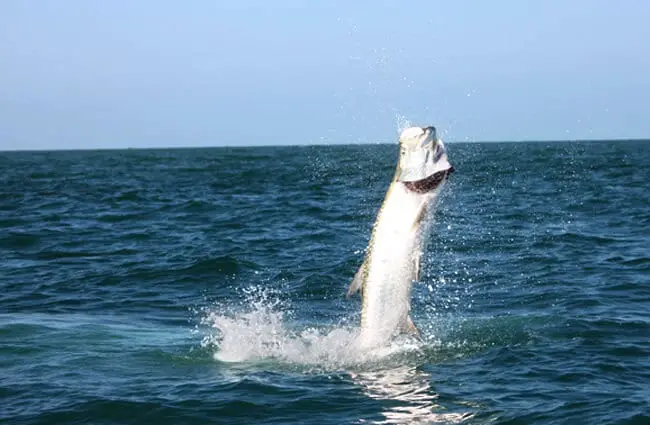
The tarpon remains a captivating subject for scientists, anglers, and nature enthusiasts alike. Their resilience, beauty, and ecological significance make them a treasure of our oceans. By understanding and appreciating these magnificent fish, we can ensure their survival for generations to come.

![Red Angus Closeup of a beautiful Red Angus cowPhoto by: U.S. Department of Agriculture [pubic domain]https://creativecommons.org/licenses/by/2.0/](https://animals.net/wp-content/uploads/2020/03/Red-Angus-4-238x178.jpg)




![Red Angus Closeup of a beautiful Red Angus cowPhoto by: U.S. Department of Agriculture [pubic domain]https://creativecommons.org/licenses/by/2.0/](https://animals.net/wp-content/uploads/2020/03/Red-Angus-4-100x75.jpg)

